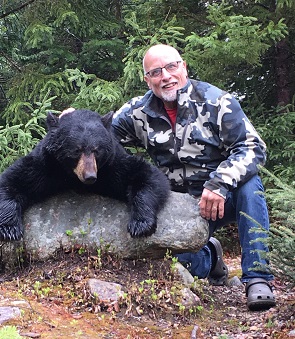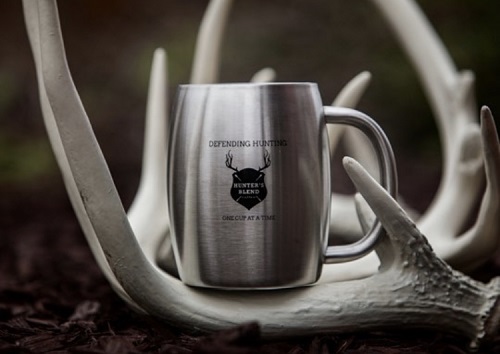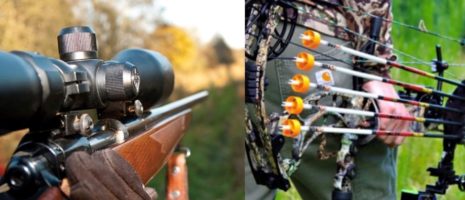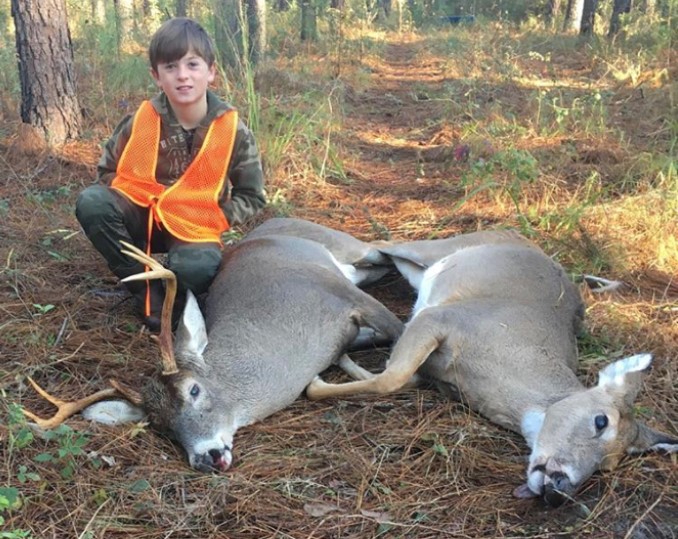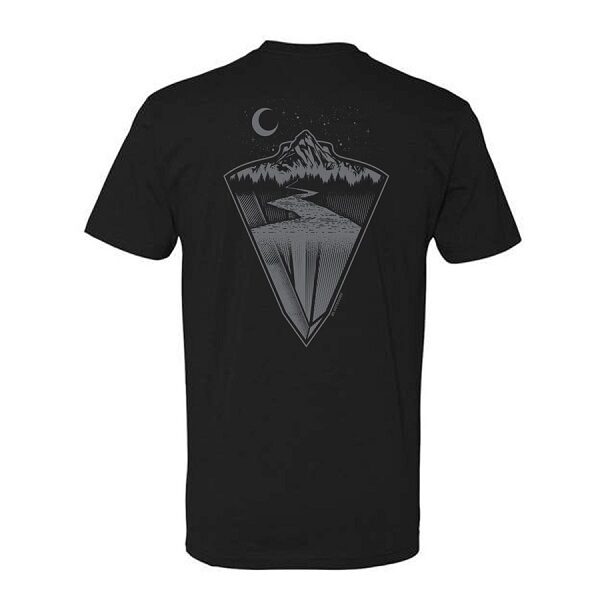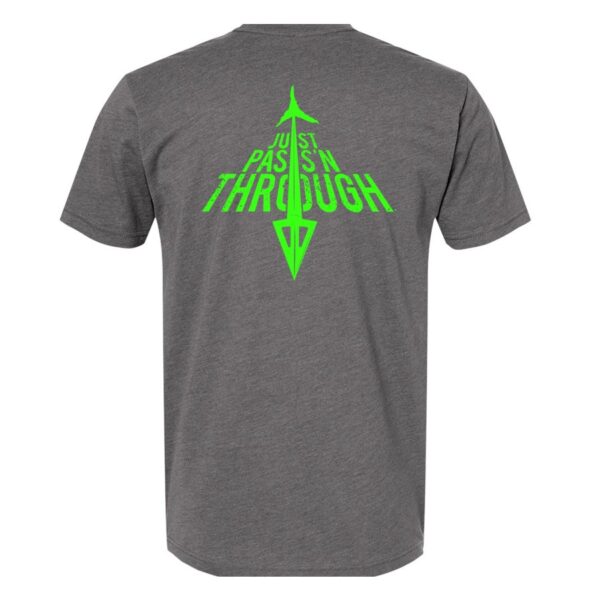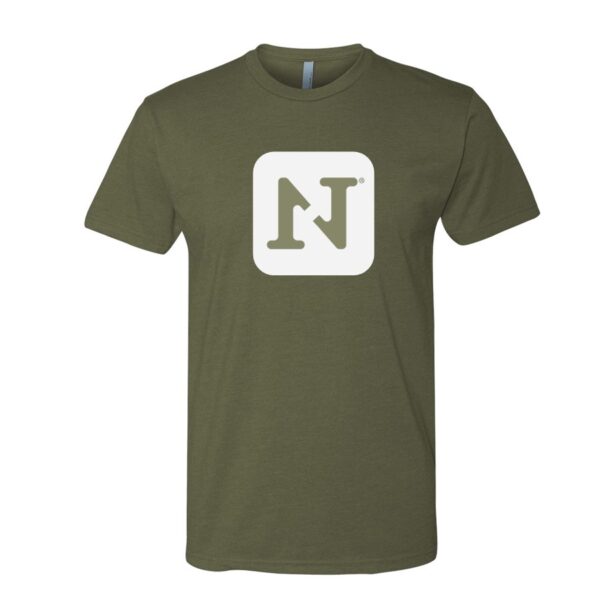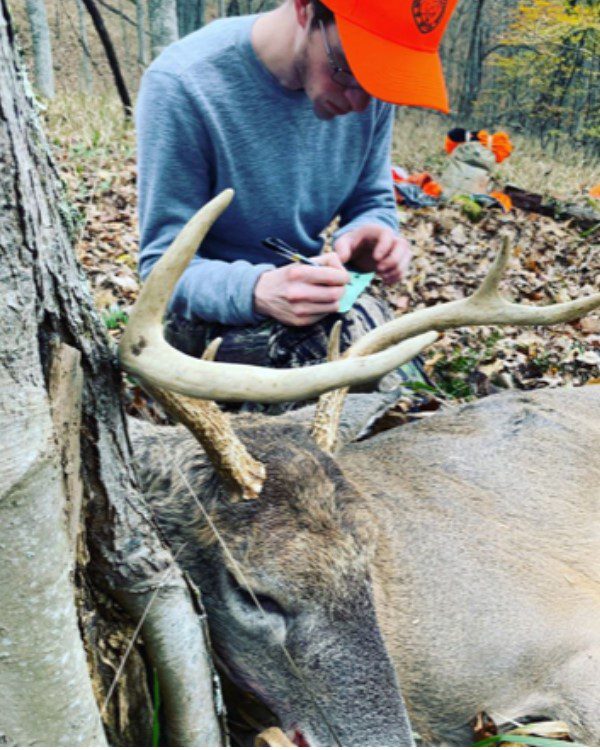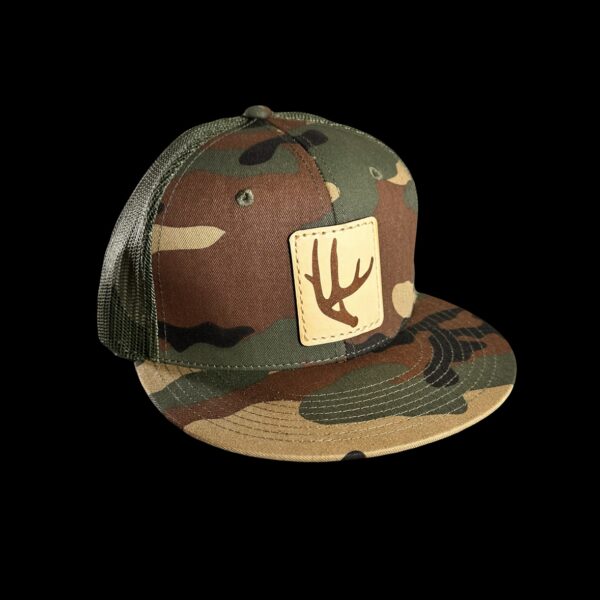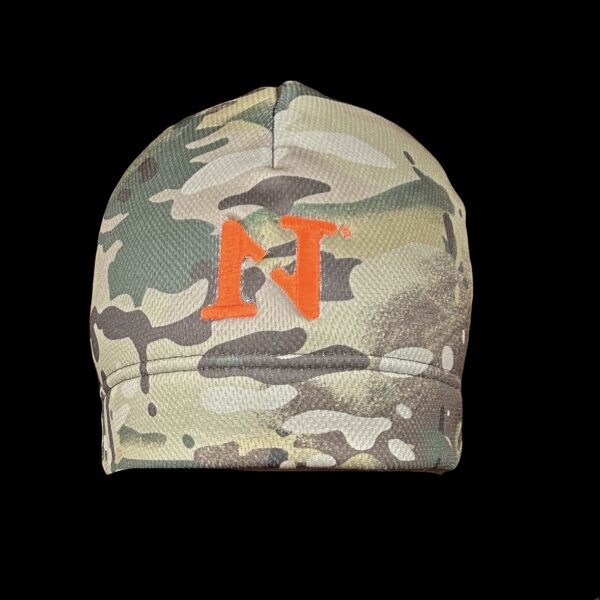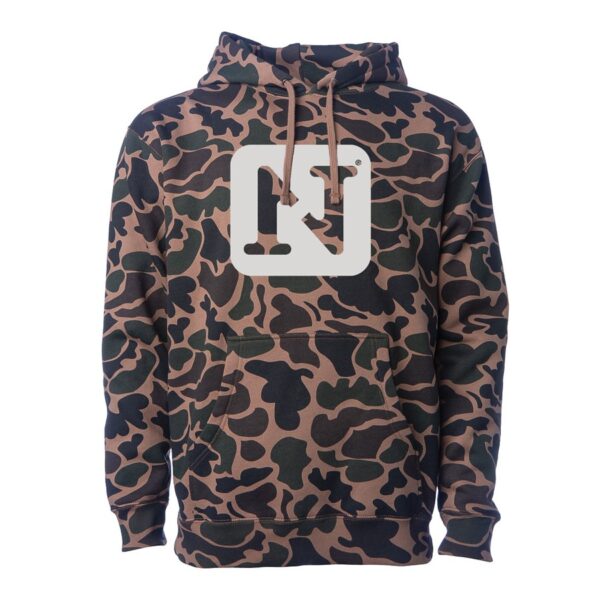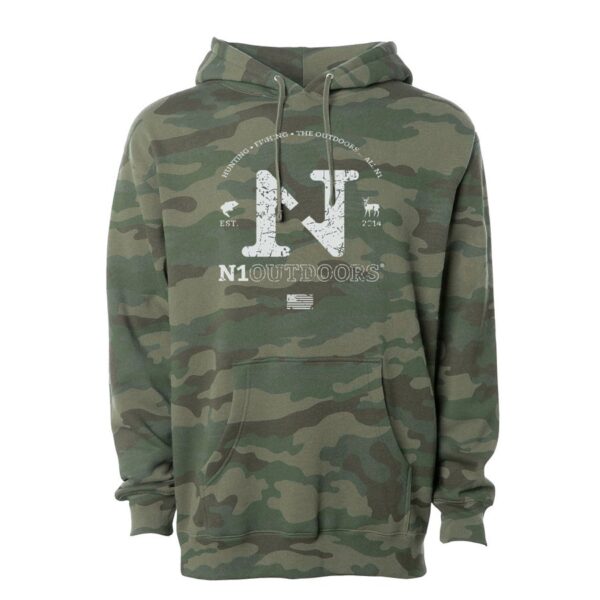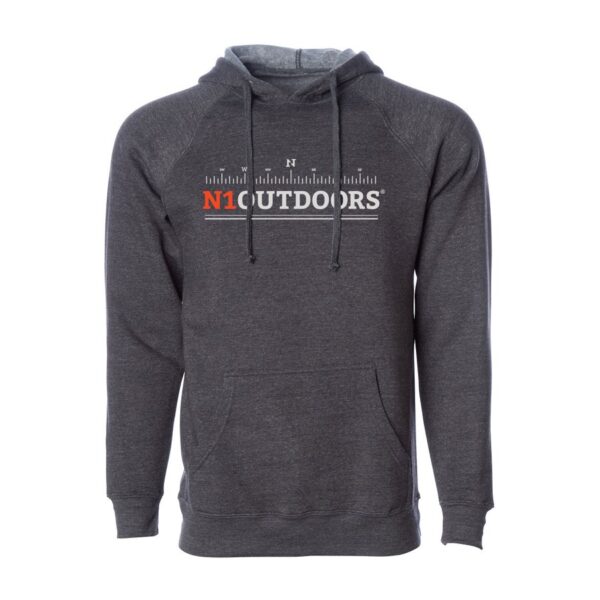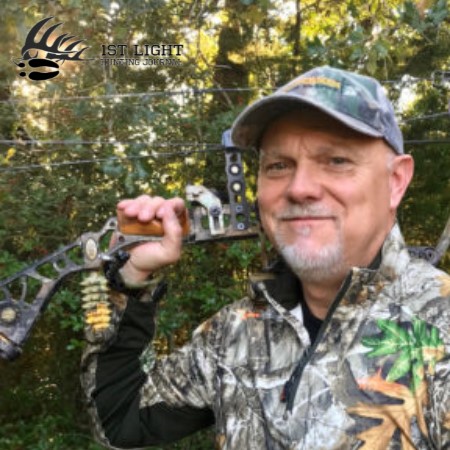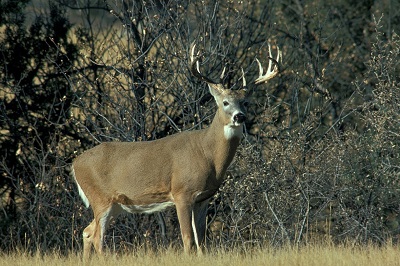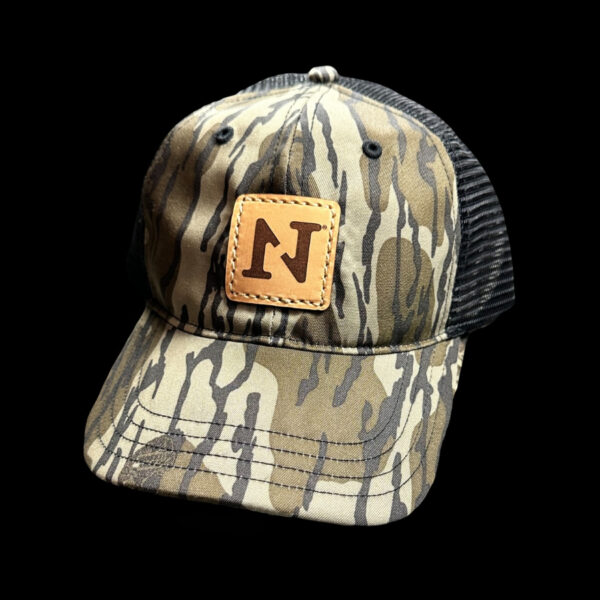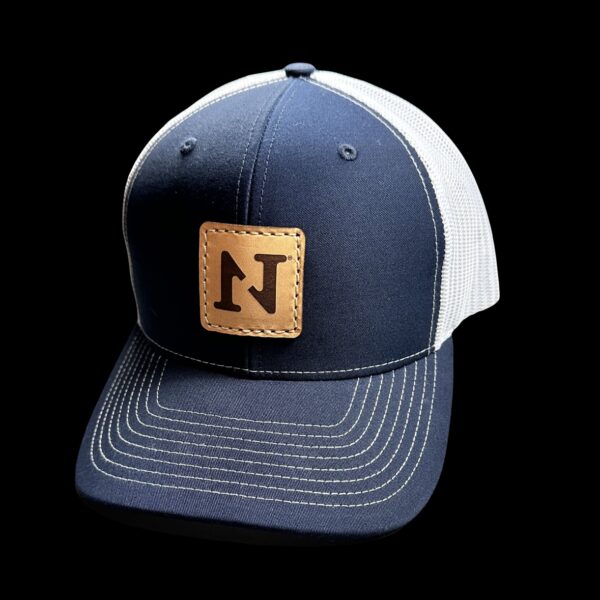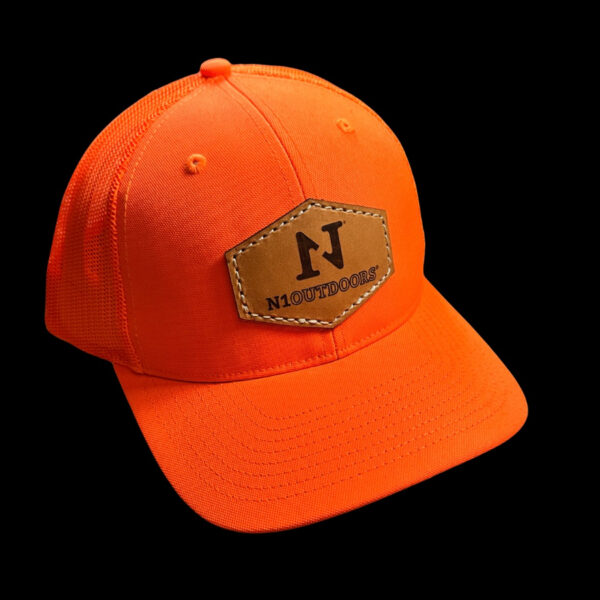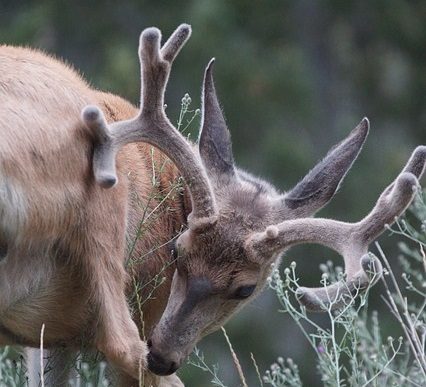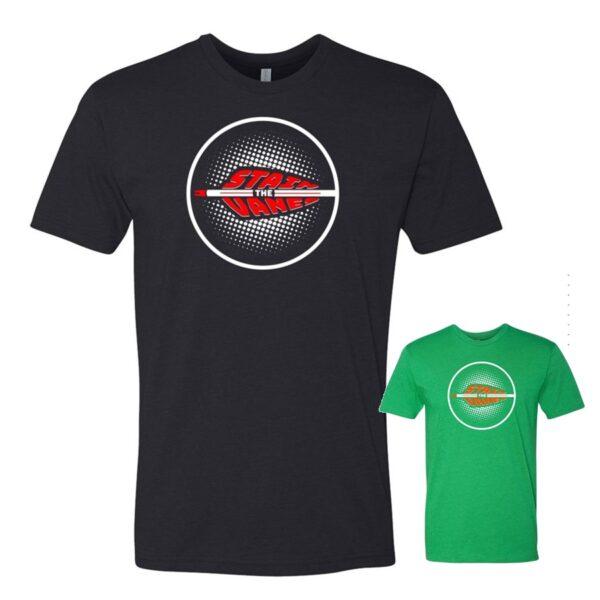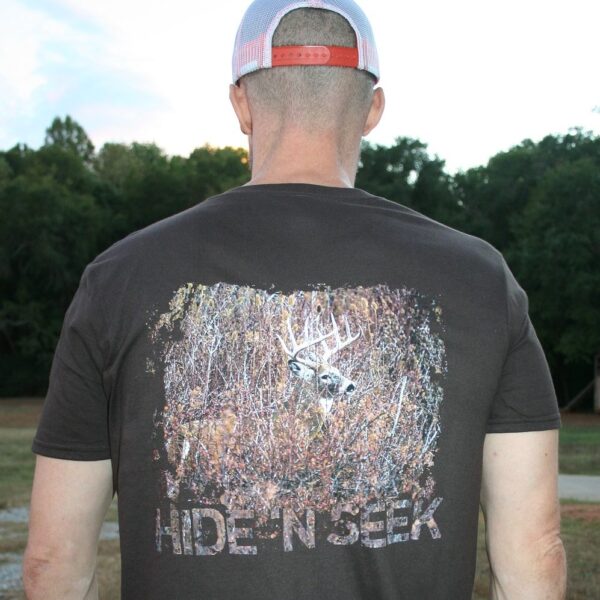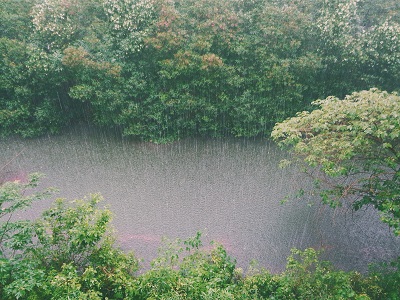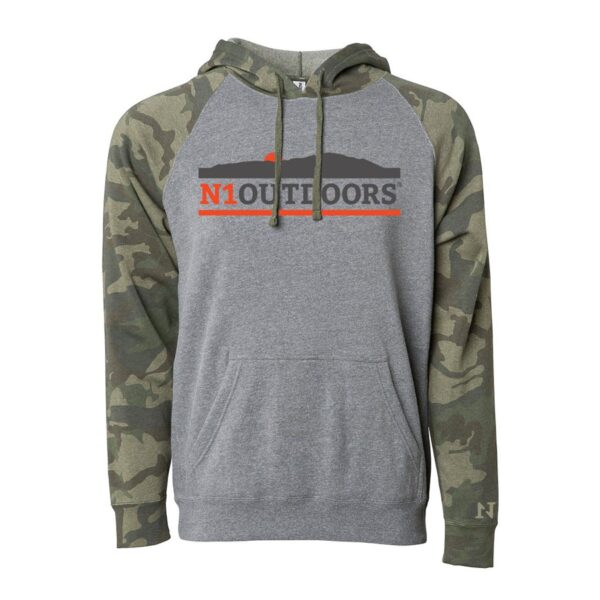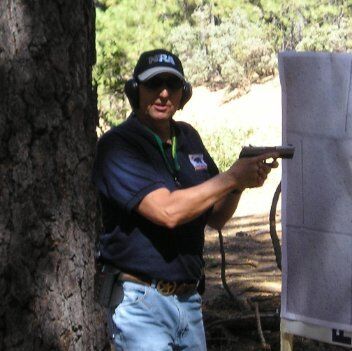-By Paul Kurtz
Hunting and the outdoor activities that we enjoy contribute to the quality of our lives. Hunters tend to look for gear that contributes to this quality, such as more comfortable and technical clothing, highly effective ammo and brighter, clearer optics, just to name a few. These tools enhance our times in the field.
And that brings me to coffee… So, what does coffee have to do with hunting?

Coffee makes the world go ’round. So, we thought it should make hunting go ’round too!
Coffee’s place in the outdoors
I love hunting, backpacking… and coffee. And, I go to great lengths to make certain I’ve got great tasting coffee with me in all my outings. It takes some thought and preparedness, but is important to me. I’ve talked to a lot of other outdoors people and they feel the same.
The reality is that coffee is one of those essential items found in every deer camp, in every camper, and in every pack.
-
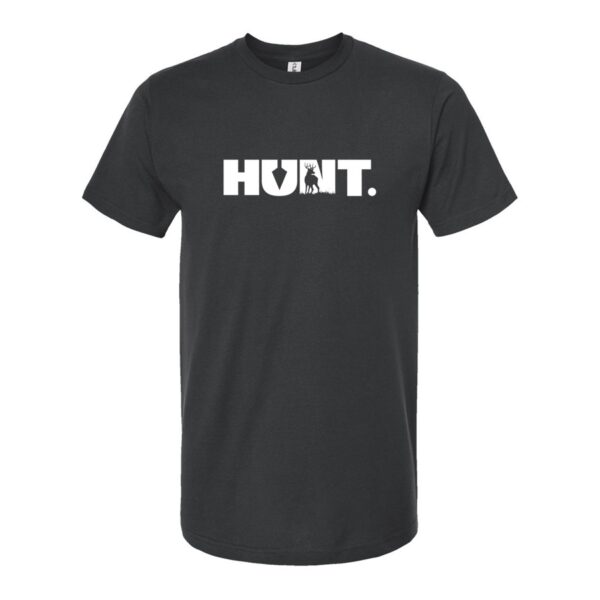
N1 Outdoors® HUNT. Tee (Various Colors)
Price range: $24.99 through $28.99 Select options This product has multiple variants. The options may be chosen on the product page -
Sale!
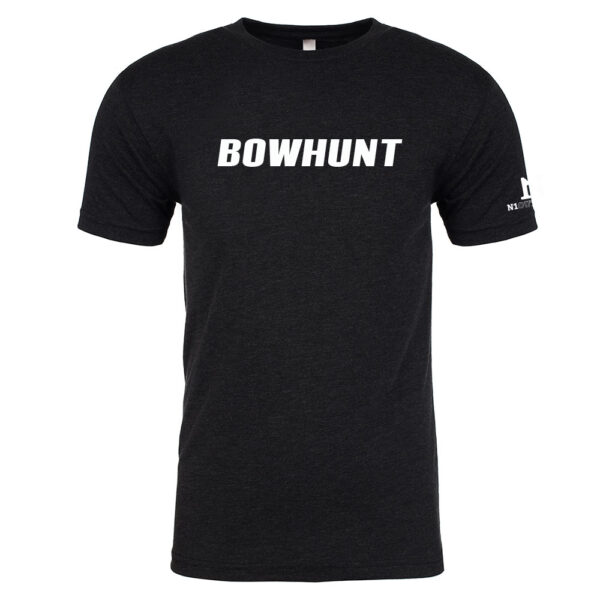
N1 Outdoors® Bowhunt Oh Yeah™ Bowhunting Tee
$9.00 Select options This product has multiple variants. The options may be chosen on the product page -
Sale!

N1 Outdoors® Sending™ Bowhunting Tee
$9.00 Select options This product has multiple variants. The options may be chosen on the product page
>> View other hunting shirt designs by N1
In Pennsylvania, where I grew up, coffee was part of the tradition of “opening morning” deer hunting in our house. I can still hear my brother say, “first one up, put the coffee on!”
My uncle Owen, my hunting hero, was a coffee drinker as well. He had a cup in his hand all day long. He was a contractor and coffee was his “go juice” on the job. But, that transferred to the field as well.
In fact, as I’ve met and talked to many hunters over the years — elderly and young alike, they look to coffee to help them wake up and get out to the stand.
The same goes for many waterfowl hunters, turkey hunters and outfitters.
So, I make this bold proclamation: Coffee makes the hunting world go ’round!
With that being said, something still baffles me.
If coffee is such a “must have” item when it comes to the outdoors, why is there not more planning and thought put into it?
What is your coffee brand supporting?
Many of us just grab whatever the grocery store has or what’s in our cupboard and not give it another thought.
But… what if the coffee you were drinking on your trips afield was actually working to restrict your right to hunt?
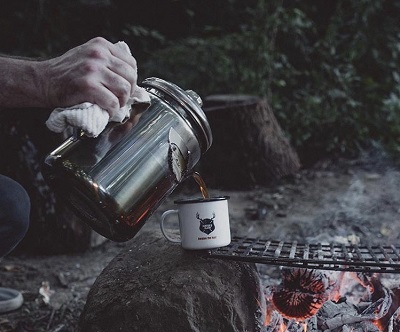
Coffee is an integral part of camping and game hunting. Hunter’s Blend coffee supports those activities and fights for their longevity.
What if profits from your coffee purchase were being donated to extreme left organizations that are flooding the courts with proposed legislation to ban hunting… or at least nibble around the edges of our freedoms? It is very possible and it is likely.
Hunter’s Blend Coffee | In the beginning…
At the publishing of this article, I have been in the specialty coffee trade for the past 17 years. I’ve seen the underbelly of coffee importers, brokers and west coast trendsetters in this industry. Most green coffee comes in through the west coast; cities like Portland, Seattle, and San Francisco. The shareholders of these coffee traders and roasting companies more than likely do not share our values and our hunting heritage.
I started roasting coffee in 2002 and have worked hard at becoming a licensed Q-Grader.
The reason for starting Hunter’s Blend was simple: We wanted to bring hunter-friendly coffee to the market, assuring that the complete chain-of-custody of coffee supported the hunting lifestyle.
But, learning to taste coffee as well as identify and describe what is being tasted is only one part. The other has to do with manipulating the roasting process and rate of rise of bean temperature to get all the quality (sweetness, aroma) out of a coffee that it has to give.
It really is a blend of art and science.
Over the past 10 years I have seen the American palate change from “hot and black” to really desiring craft roasted coffee… even amongst our hunting ranks.
Until recently, there was no choice for these discerning coffee drinkers, other than buying coffee from suppliers that were not forthcoming in how the bean was sourced and what values they, as a company, embrace.
Now there is.
Two years ago, along with my two brother-in-laws (Mike Swartzentruber and Ken Beachy), we started Hunter’s Blend Coffee.
Supporting Farmers And Communities
In order to do this, we import our green coffee directly from the coffee grower (farms like El Dorado, owned by coffee farmer Diego Chavarria, in Matagalpa, Nicaragua, and Pat in the mountains around Chang Rai, Thailand (Doi Chang Village). These coffees are expertly roasted and blended to create the Hunter’s Blend Coffee products.

Buying beans directly from the growers has helped Hunter’s Blend give back to communities where the coffee is harvested.
By going directly to the farms, we can eliminate up to six middle buyers and pay these farmers literally twice the amount they would otherwise receive on the local market.
This fair pay for a passionately grown, top quality product, enables these farmers to keep their employees working year-round. This create jobs, which in turn eliminates poverty and economically lifts entire communities.
Community growth via coffee
In northern Thailand, among the Ahka tribe, we have seen an entire community flourish. Where once was there extreme poverty, no schools and societal abuse, there is now a community that has totally changed… all because of coffee jobs.
Over 80 women hand sort our coffee each year, many whom were caught up in the sex trafficking industry. When they heard that there were jobs in their village, they made their way home. When you walk in the village these days, it is ringing with laughter of children and ladies singing… a thriving community.
Supporting your right to hunt
Hunter’s Blend Coffee also gives back to conservation groups within our industry.
The National Wild Turkey Federation (NWTF), Rocky Mountain Elk Foundation (RMEF), Whitetails Unlimited (WU), and Sportsmen’s Alliance (SA) to name a few. These groups work tirelessly to fulfill their missions.
The one that stands out to me is the Sportsman’s Alliance. SA is working in the legal battles of keeping our hunting heritage alive. The habitat and animal population oriented groups are doing great work, but what good is habitat and wildlife numbers if you can’t hunt!
SA in particular, watches for proposed legislation that attacks fringe activity, such as coyote hunting contests, which, on its face, is no big deal. Most of us don’t compete in these contests, so we tune it out.
But once these restrictions pass, the activists become emboldened and immediately go for other battles against regional hunting practices such as hunting bears over bait, or using hounds to hunt mountain lions or bears, etc.
The activists approach is like a constrictor, with each battle won, increasing restriction over our hunting freedoms, with the ultimate goal of eliminating hunting all together.
-
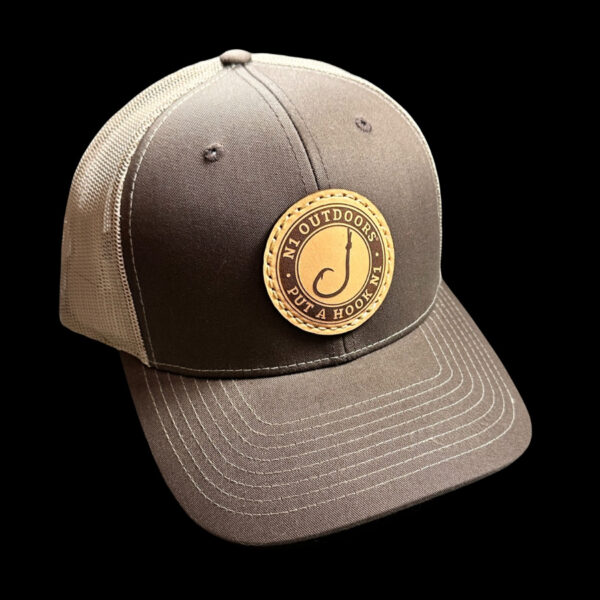
N1 Outdoors® Put A Hook N1™ Fish Hook Leather Patch Hat (Brown/Khaki)
$29.99 Select options This product has multiple variants. The options may be chosen on the product page -
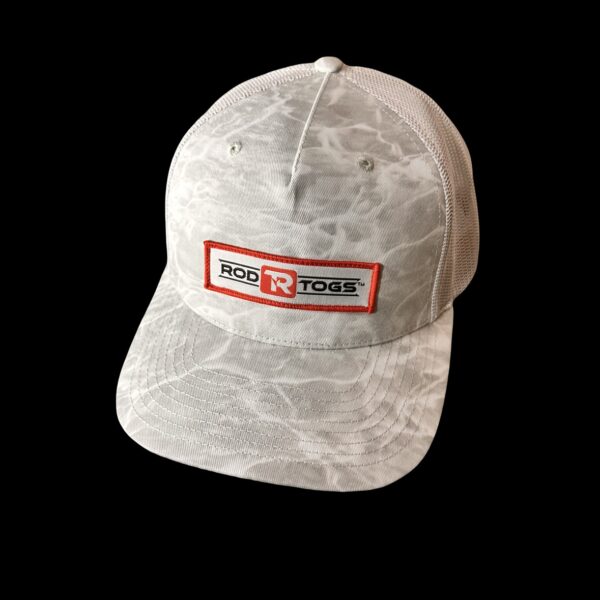
N1 Outdoors® RodTogs™ Patch Trucker Hat (Mossy Oak Elements Bonefish & Light Grey)
$26.99 Select options This product has multiple variants. The options may be chosen on the product page -
Sale!

Put A Hook N1™ Offshore TriBlock Leather Patch Hat
Original price was: $26.99.$15.00Current price is: $15.00. Select options This product has multiple variants. The options may be chosen on the product page
Anti-Hunting Activists
No organization has done more to erode our freedoms than the Humane Society of the United States (HSUS), which is not the same as your local animal shelter.
HSUS raises funds by using the disguise of helping to end cat and dog cruelty, when in fact, less than 1% of their money goes to local animal shelters. The vast majority of HSUS money goes to fund nationwide legal battles to end hunting of all kinds.
I have no doubt that some of the earnings of coffee importers and roasters are funding HSUS, to our demise!
Hunter’s Blend Coffee is defending hunting, one cup at a time. It is coffee for hunters, by hunters.
As a bow hunter and rifleman myself, I know the joy of opening a thermos of coffee in my blind on a freezing cold, pre-dawn morning, while waiting for first light. The aroma and the warmth all combine into a lingering memory.
When it’s time to plan my next outing, there will be that desire to bring that “cup of joy” into the hunt again. And it will be coffee that is a part of my gear.
